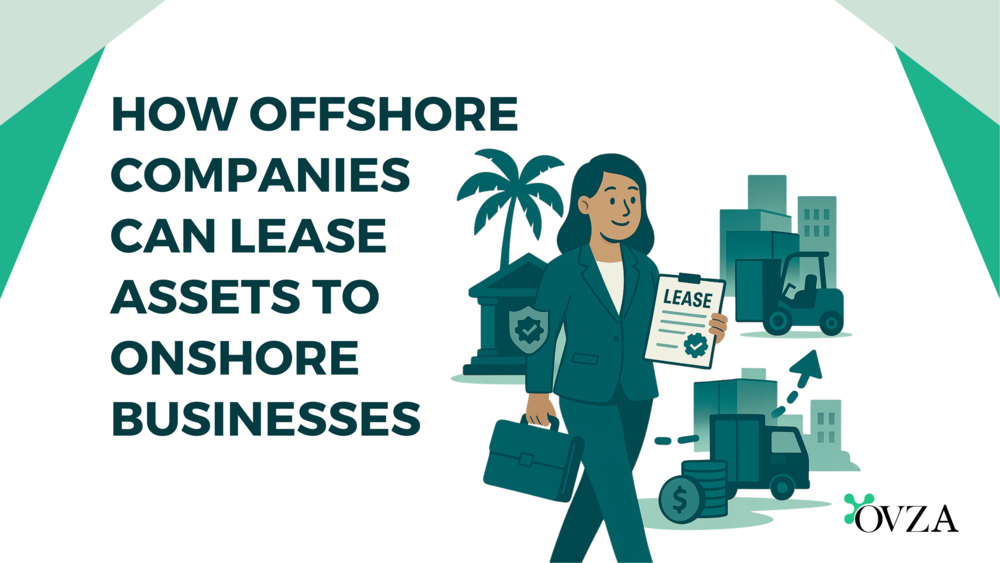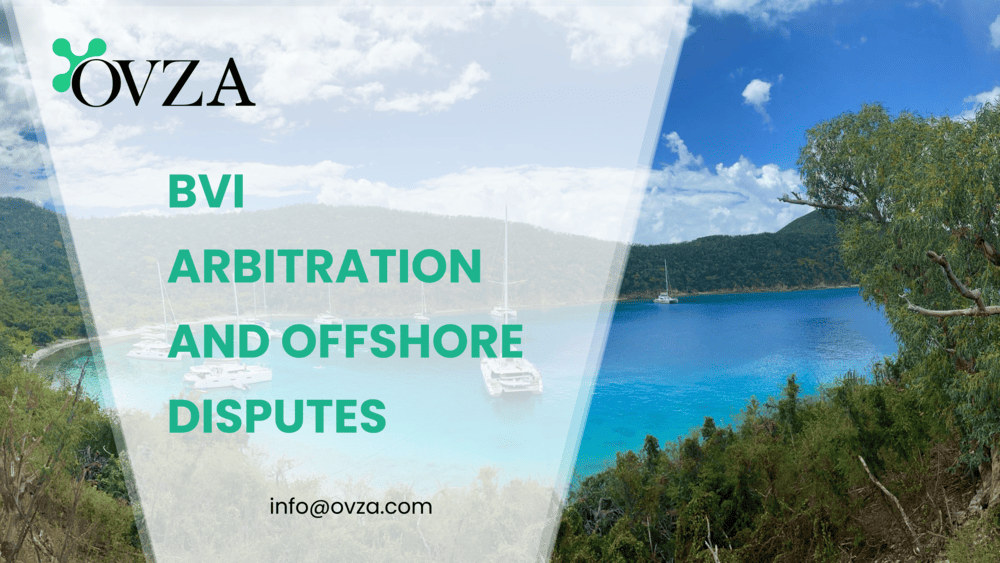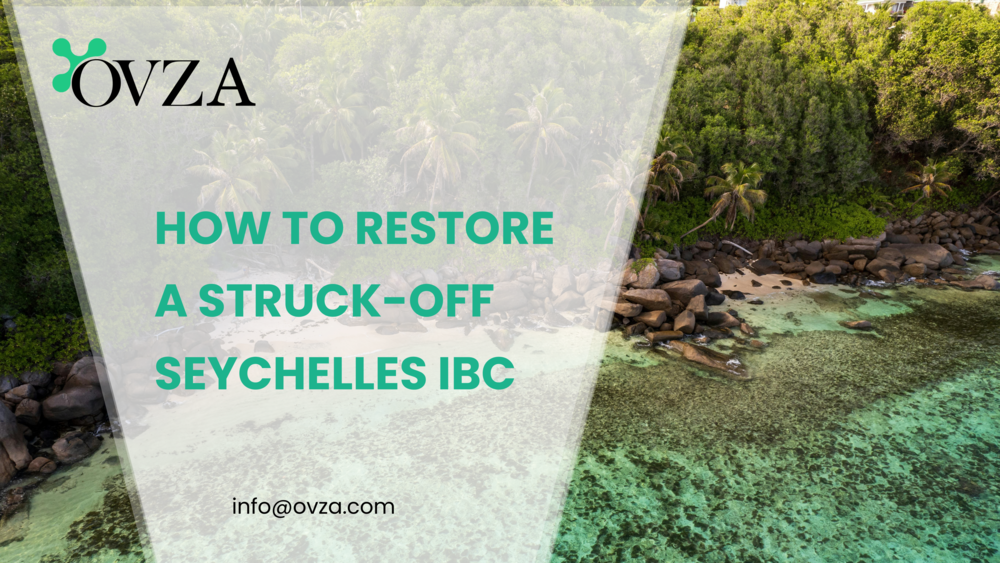Offshore companies leasing assets is a strategic way to generate cross-border revenue and manage tax exposure through lawful structuring. Companies are no longer constrained by geography when it comes to asset ownership and deployment. A properly structured offshore company can own high-value assets—such as intellectual property (IP), machinery, real estate, software, or vehicles—and lease them to an onshore company in a high-tax jurisdiction.
This setup is common in international tax planning, cross-border licensing, and global holding company strategies. While offshore company leasing assets is entirely legal, it must be carefully structured to ensure commercial validity and regulatory compliance.
The Legal Framework Behind Offshore Leasing Structures
There is no prohibition under international commercial law that prevents an offshore company from leasing an asset to a domestic business. In fact, it is a widely accepted and frequently audited structure in cross-border tax planning. Whether the asset is physical (like equipment or real estate) or intangible (like intellectual property), the leasing agreement must reflect genuine commercial activity.
The legal enforceability of a leasing agreement between an offshore lessor and an onshore lessee depends on the clarity of the contract, recognition of foreign legal entities by the domestic legal system, and the satisfaction of domestic tax and reporting obligations.
In some jurisdictions, local laws may require registration of the lease, especially if it pertains to real estate or long-term use rights. Others may impose local withholding tax on lease payments made to foreign entities, necessitating additional structuring such as using treaty jurisdictions or intermediary licensing entities.
Examples of Common Leasing Scenarios
The concept of offshore company leasing assets is flexible and can apply to a wide range of business sectors:
- Intellectual Property (IP): A Cayman Islands company owns a proprietary software platform and leases its use to a European operating company that manages sales and customer support. The European entity pays a monthly licensing fee, which is deductible on its books, while the offshore entity records royalty income at 0% corporate tax.
- Equipment Leasing: A BVI company owns drilling equipment that is leased to a petroleum services company in Nigeria. The offshore entity receives rental payments, while ownership and depreciation remain off the books of the local operator.
- Digital Infrastructure: A Seychelles company holds rights to a custom-developed SaaS tool and leases its usage to a marketing firm in the UAE. The offshore structure allows for controlled monetization of intangible tech assets without transferring ownership.
- Content and Brand Licensing: A Nevis entity owns a portfolio of online training courses and brand IP, which are licensed to an Egyptian-based company that markets and sells them locally. The offshore company receives royalties and maintains global brand rights.
These are not theoretical constructs—they are common, tested structures used globally. However, success depends on how each element is executed.
Tax Residency Risk and Controlled Foreign Corporation Exposure
Perhaps the most underestimated threat in offshore company leasing assets arrangements is the impact of CFC rules and personal tax residency laws. Many high-tax jurisdictions impose Controlled Foreign Corporation regulations that attribute the income of an offshore company directly to the tax resident individual who controls it. In practice, this means that lease payments collected by an offshore company may become immediately taxable in the shareholder’s home country, even if those funds remain offshore and are not distributed.
The purpose of CFC laws is to prevent offshore deferral of passive income such as rent, royalties, and license fees—categories that are central to leasing structures. If the individual behind the offshore company resides in a jurisdiction with aggressive CFC enforcement, then offshore company leasing assets could expose them to unanticipated personal tax liabilities. In addition to CFC risk, local tax authorities may argue that the offshore company is actually tax-resident in the onshore jurisdiction based on effective management and control.
If the offshore entity is directed from the onshore country, signs contracts there, or is otherwise run in a manner inconsistent with its incorporation, it may lose its offshore tax status entirely. This would undermine the entire rationale for offshore leasing and could result in penalties, back taxes, and interest. Legal substance requirements—such as appointing local directors, maintaining a board presence, and proving day-to-day operational decision-making offshore—are increasingly essential to defend against such claims. Offshore company leasing assets can be tax-efficient when structured and operated properly, but when residency rules are ignored or misunderstood, the risk is not merely administrative—it becomes financial, reputational, and, in some cases, criminal.
Substance Compliance, Reporting Obligations, and Strategic Viability
The long-term success of any offshore company leasing assets depends on the company’s ability to satisfy not only legal documentation requirements but also broader economic substance and international reporting obligations. In today’s regulatory climate, substance is no longer an optional feature—it is a legal standard. Many jurisdictions used in offshore leasing structures, such as the British Virgin Islands, Seychelles, and the Cayman Islands, have implemented robust substance regimes that apply specifically to companies earning passive income through leasing or licensing arrangements. A leasing company that merely exists on paper, without physical presence, local directors, or demonstrable operational activity in its jurisdiction, may find itself out of compliance with local laws and subject to penalties, automatic information exchange, or financial disclosure obligations that defeat the original privacy and tax efficiency objectives.
The most critical aspect of substance compliance in the context of offshore company leasing assets is proving that real decision-making occurs in the jurisdiction of incorporation. This requires more than appointing nominee directors. Boards must hold meetings locally, approve lease contracts through official resolutions, and maintain accounting records that reflect genuine business activity. Offshore companies involved in leasing must also produce contemporaneous documentation proving asset ownership, valuation, and the commercial basis of all payments received from onshore parties. Regulators and tax authorities will expect to see that the offshore entity is acting as an independent legal person, not merely as a pass-through mechanism for its beneficial owner.
In parallel, international tax transparency standards such as the Common Reporting Standard (CRS) and the OECD’s BEPS framework impose increasingly stringent disclosure requirements on offshore structures. Lease payments received from onshore companies may be automatically reported to tax authorities in the beneficial owner’s country of residence, particularly when financial institutions are involved in processing the transfers. These reporting obligations do not render the structure unlawful, but they do eliminate anonymity and demand that the legal rationale for offshore company leasing assets be carefully documented and defensible under audit.
Despite the increased scrutiny, offshore leasing remains a commercially viable structure—if it is done correctly. Leasing structures allow companies to separate asset ownership from operational liability, centralize licensing rights, reduce exposure to high-tax jurisdictions, and negotiate from a position of legal neutrality. The key is professional execution. Lease agreements must be enforceable, pricing must be arm’s length, management must demonstrate real control, and reporting must be timely and accurate. Without these protections, the structure risks falling apart under legal or tax examination.
Conclusion
In principle and in practice, offshore company leasing assets remains a legitimate and powerful tool for international structuring. When correctly established, such a structure offers flexibility, efficiency, and operational control across borders. However, in 2025, the success of any offshore leasing model depends not on its form but on its substance. Legal documentation, tax compliance, regulatory transparency, and banking readiness must all be aligned with the commercial reality of the arrangement.
Disclaimer: The information provided on this website is intended for general reference and educational purposes only. While OVZA makes every effort to ensure accuracy and timeliness, the content should not be considered legal, financial, or tax advice.








